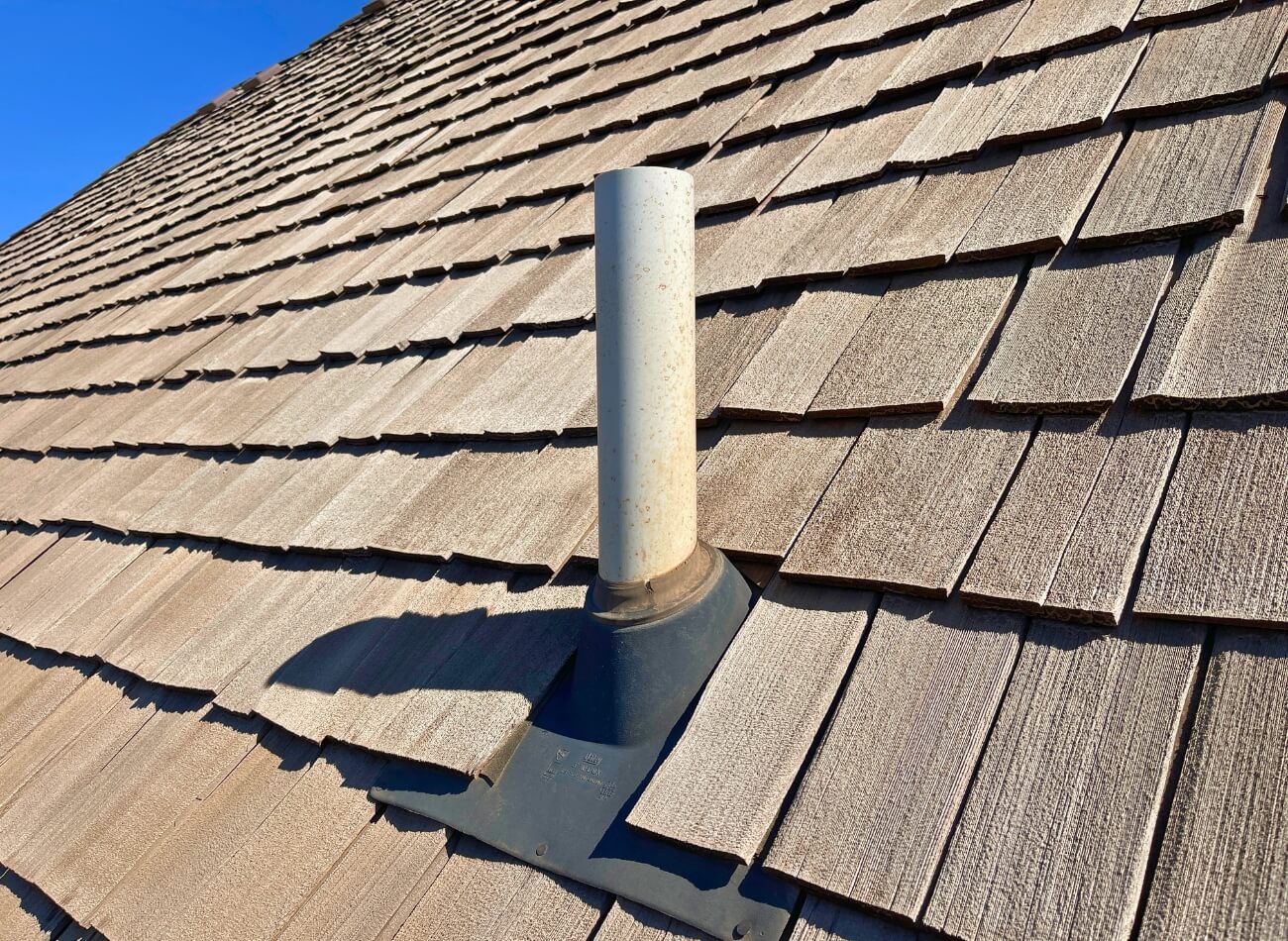
Roofing pipe boots, pipe flashings, or pipe collars are essential components used in plumbing to create a waterproof seal around pipes that penetrate through roofs or walls in various parts of your property. Each type of pipe boot is designed to meet specific needs in different areas of your home, such as bathrooms, kitchens, and laundry rooms.
Below is a detailed overview of pipe boots, the various types available, and the practical purposes they serve.
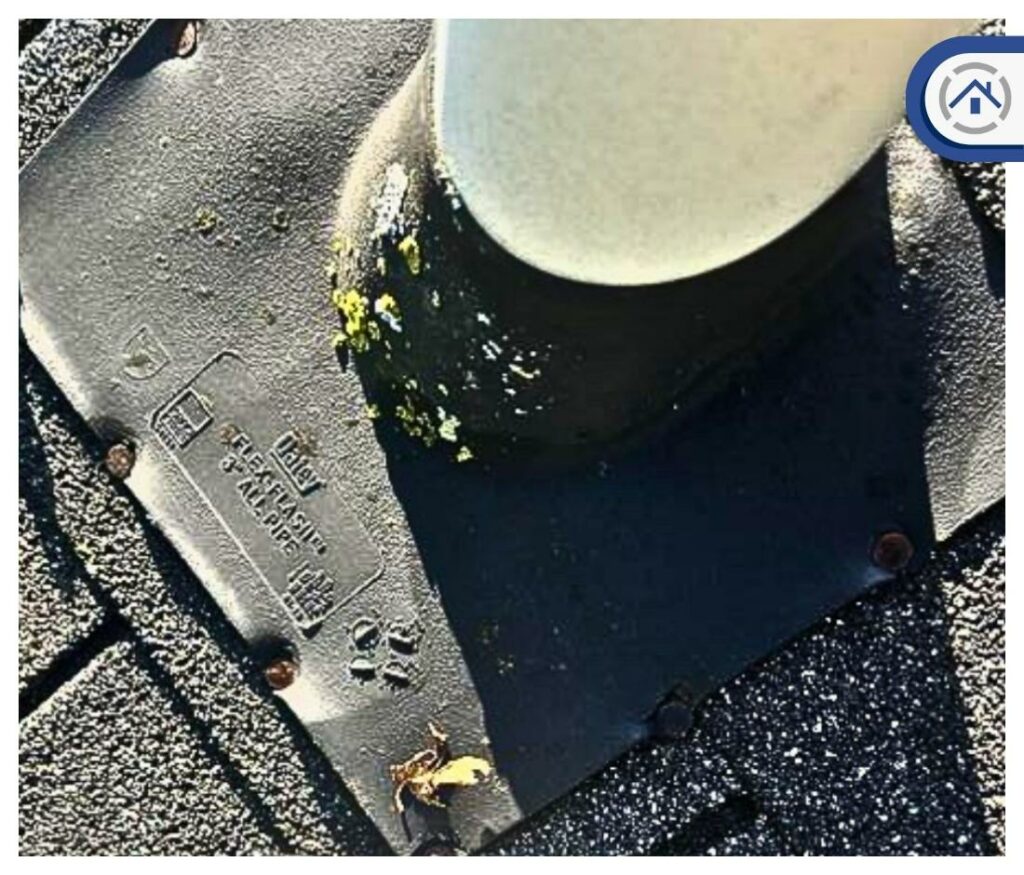
Here are the three primary types of roofing pipe boots frequently used, along with the materials they are made from and their intended applications.
1. PVC Pipe Boot: These are designed specifically for sealing PVC pipes. They are typically constructed with a PVC base and a neoprene seal, which is a synthetic rubber known for its flexibility and resistance to moisture. PVC pipe boots are commonly used in plumbing applications where PVC pipes are installed. These pipes are often found in residential and commercial plumbing systems for wastewater, venting, and other purposes.
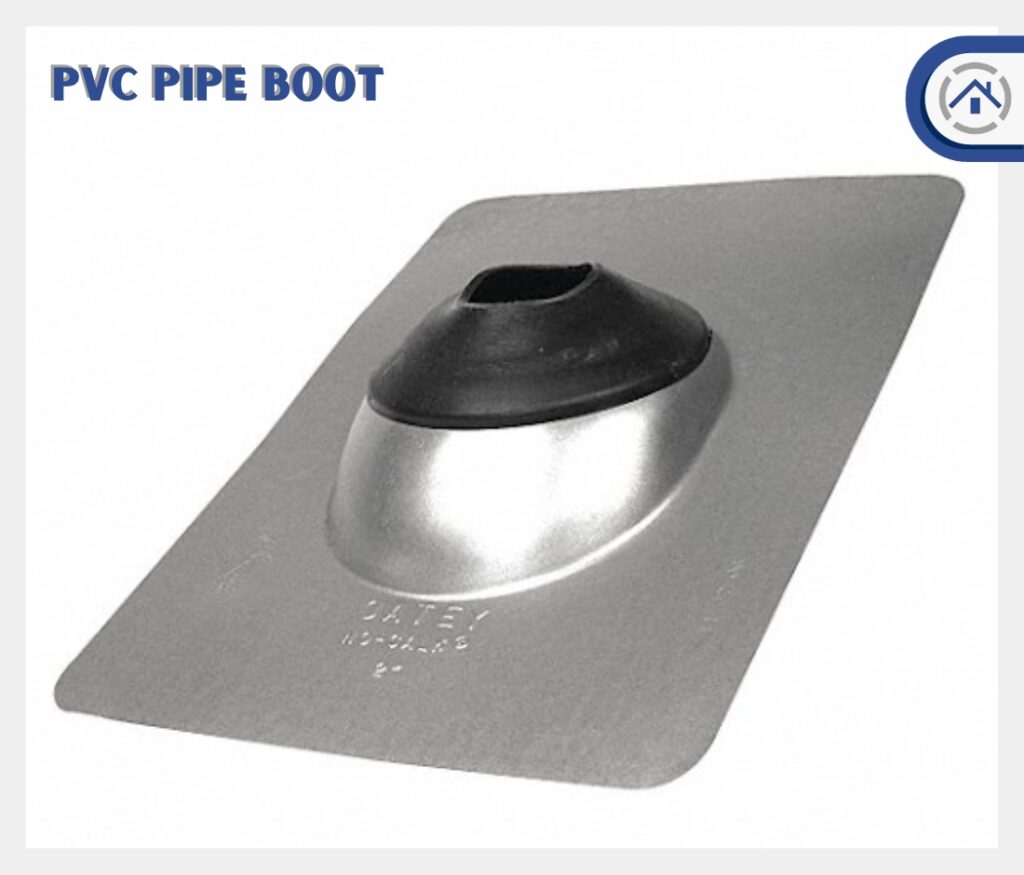
2. Lead Stack Pipe Boot: They are designed for sealing steel or cast iron pipes. Lead is a malleable material often used for its durability and ability to form a custom-fit seal around pipes. These boots are commonly used on older buildings or structures with steel or cast iron pipes penetrating the roof. They provide a reliable and long-lasting seal for these types of pipes.

3. Zipper Boot: Zipper boots are designed for applications where it's impossible to slip the boot over the top of the sealed item. They typically feature a neoprene seal and may have metal or plastic pans for added durability. Zipper boots are suitable for sealing non-removable items or items that cannot be easily slipped through a conventional pipe boot, such as an electrical mast or other protrusions.
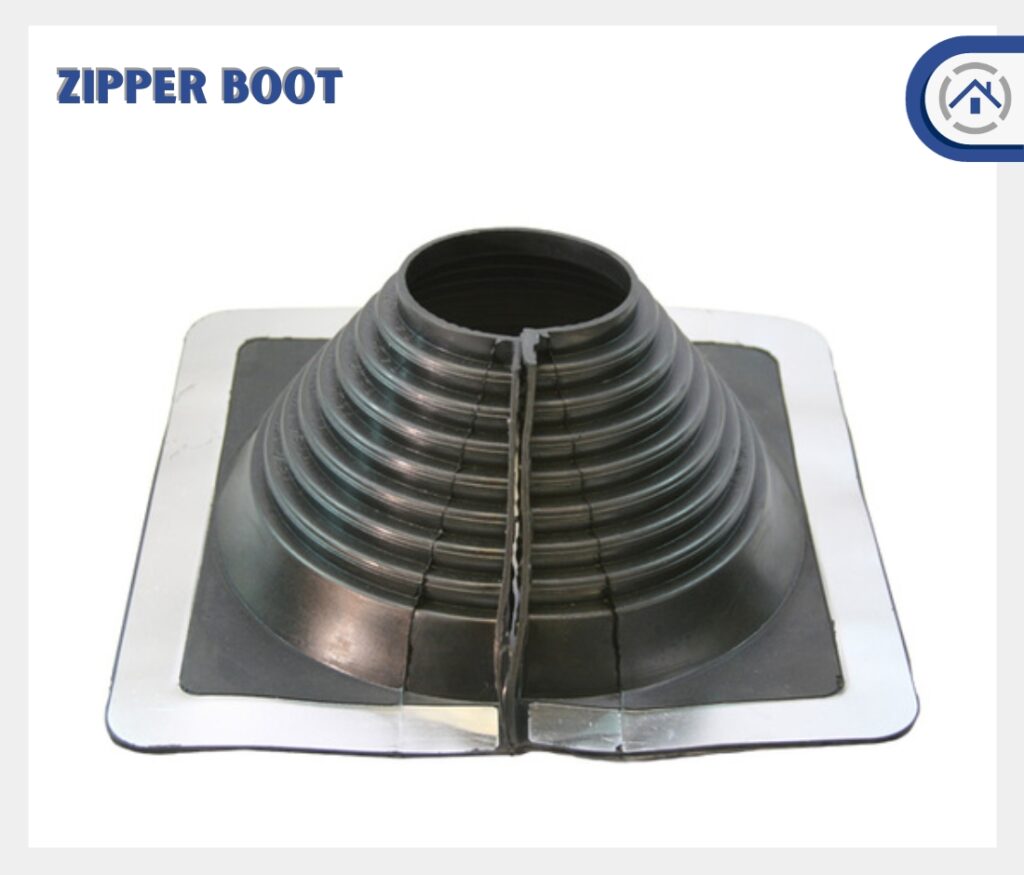

When it comes to pipe boots, several common issues can arise, potentially compromising the integrity of your roofing and plumbing systems. Understanding these prevalent challenges is crucial for homeowners and property managers. Here are some of the most frequently encountered problems with pipe boots that can lead to water leaks, structural damage, and the need for timely repairs or replacements:
1. Flashed Improperly: Improper flashing refers to the inadequate or incorrect sealing of the pipe boot to the roofing material. This can result in gaps or openings that allow water to penetrate. Improper flashing can lead to water leaks and damage the building structure, insulation, and interior spaces. It may also cause mold and mildew growth if moisture accumulates.
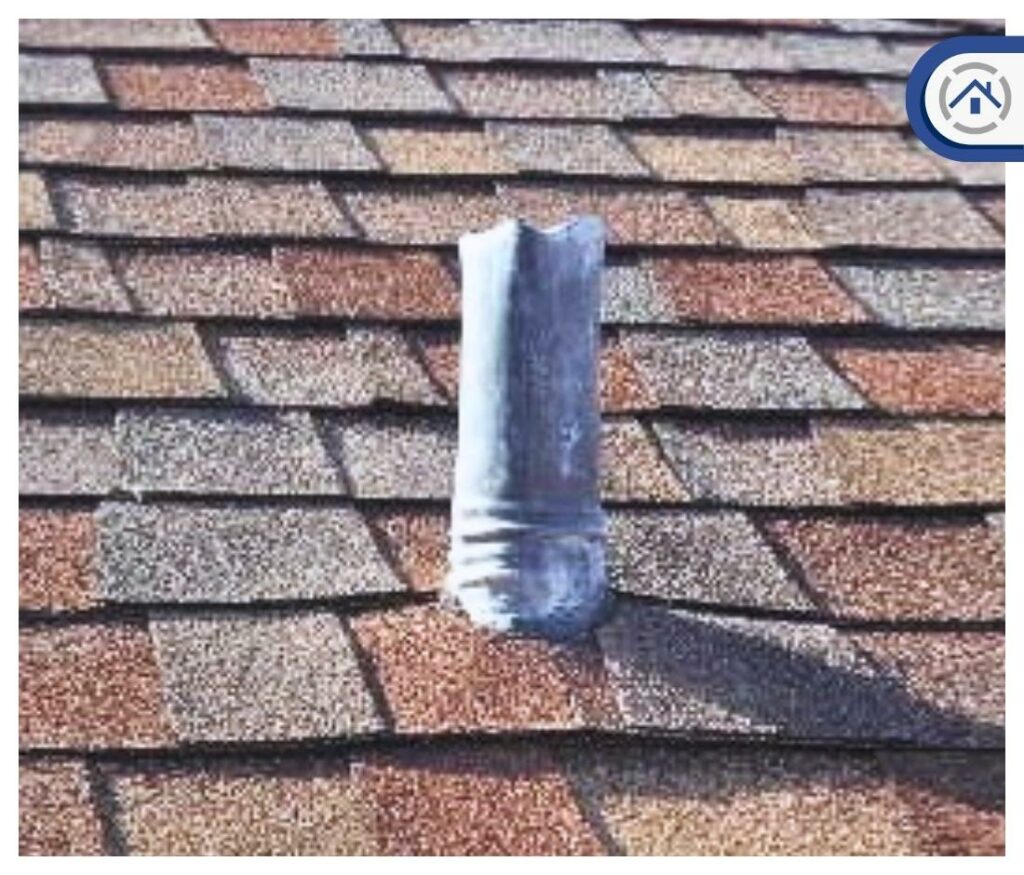
2. Wrong Pitch: Using a roofing pipe boot designed for a different roof pitch than what is actually present on the roof can be problematic. The roof's pitch determines the angle at which the pipe boot must be installed. Using the wrong pitch boot can result in an improper fit and a compromised seal. Water may not be effectively diverted away from the pipe penetration, increasing the risk of leaks.
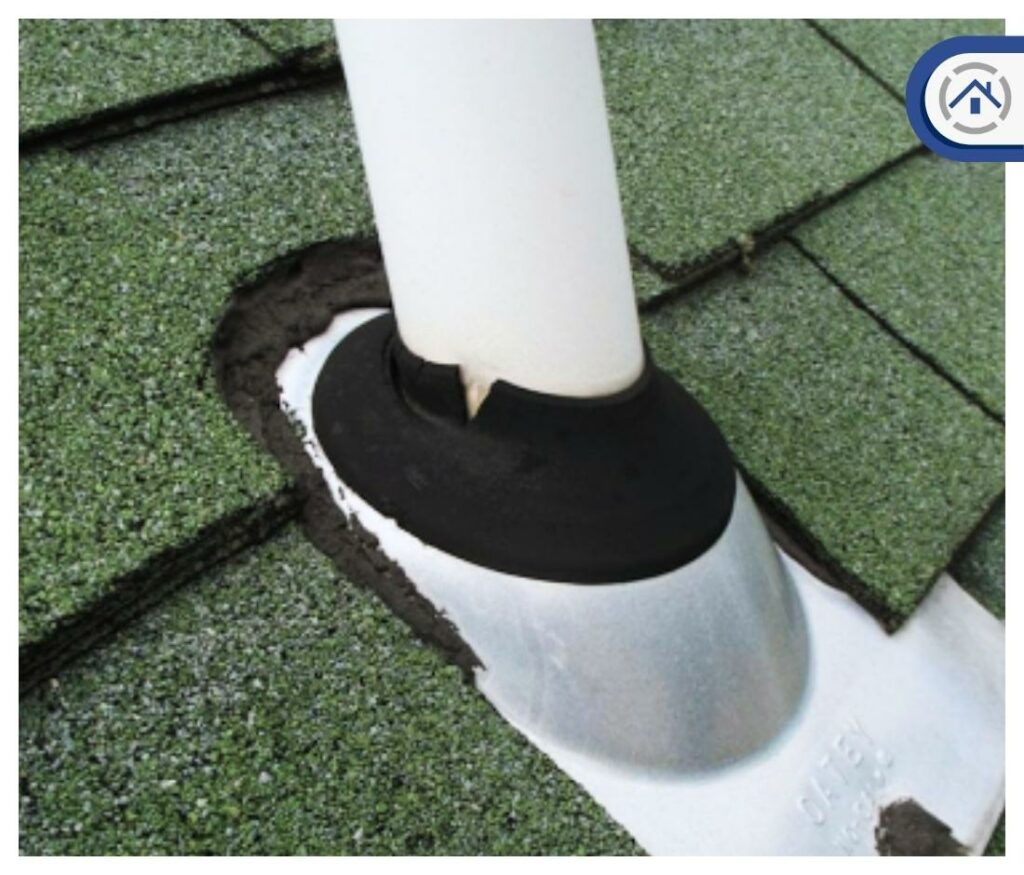
3. Deteriorated: Over time, pipe boots can deteriorate due to exposure to sunlight, temperature fluctuations, and general wear and tear. This deterioration may involve cracking, splitting, or loss of flexibility in the boot material. Deteriorated pipe boots lose their effectiveness in preventing water infiltration. They can allow moisture to enter the roof or wall, potentially causing damage and requiring costly repairs or replacements.
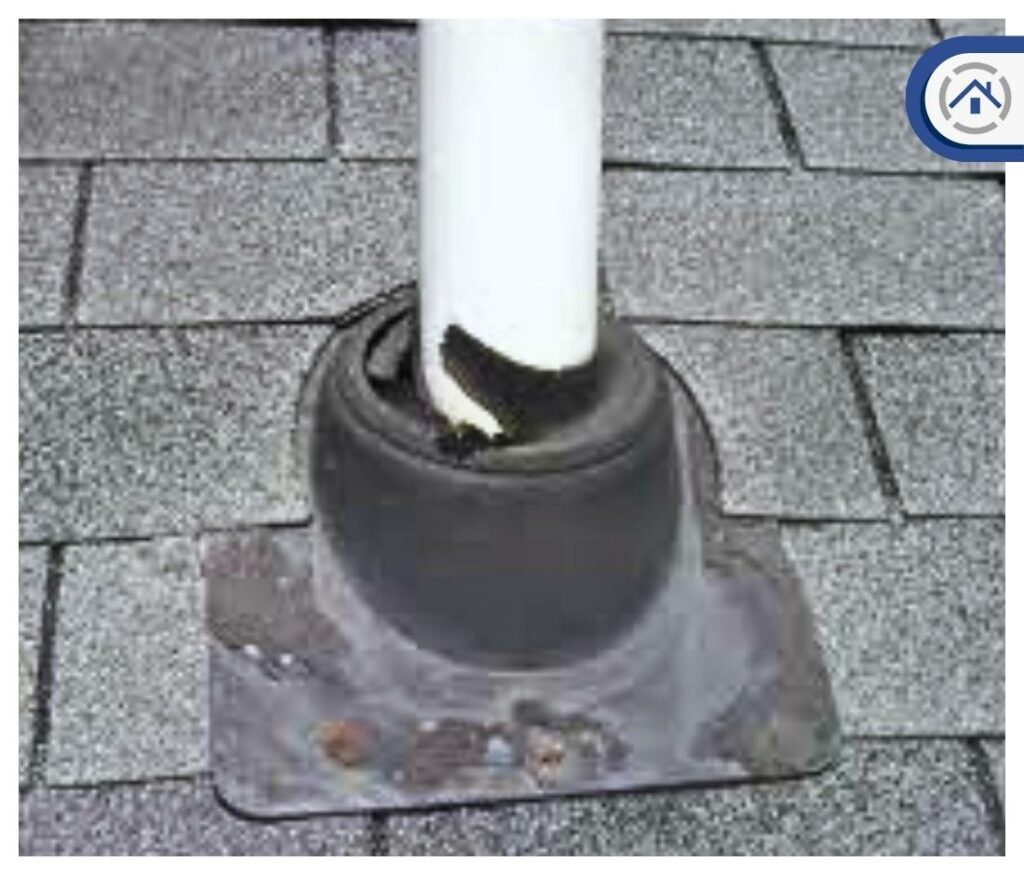
4. Wrong Type: Using the wrong type of pipe boot for a specific pipe or roofing material can lead to problems. Different pipe materials (e.g., PVC, steel, cast iron) and roof materials (e.g., shingles, metal) may require specific types of pipe boots for proper sealing. Using an incompatible pipe boot type can result in a poor fit, reduced durability, and compromised waterproofing. This can lead to leaks and the need for corrective action.

1. Bathroom Pipe Boots: Bathroom pipe boots are used to seal pipes that pass through the roof or walls in bathrooms. These pipes may include vent pipes, exhaust fans, or plumbing pipes connected to sinks, toilets, or showers.
2. Kitchen Pipe Boots: Kitchen pipe boots serve the same purpose as bathroom pipe boots but are specifically designed for pipes in the kitchen area. This includes pipes for sinks, dishwashers, and range hoods.
3. Laundry Pipe Boots: Laundry pipe boots are used to seal pipes that penetrate through the roof or walls in laundry rooms. These pipes typically include vent, drain, or utility sink pipes.
Roofing pipe boots come in specialized types, each tailored to specific plumbing requirements, taking into account pipe material and installation nuances. Their effectiveness hinges on precise installation and consistent maintenance practices, which are vital barriers against water infiltration and structural compromise.
To ensure the utmost reliability in your pipe boot installations, it's advisable to consult with experts in the field who can offer tailored solutions to meet your specific needs. Ultimately, taking proactive measures and seeking professional guidance can go a long way in preserving the watertight security of your property.